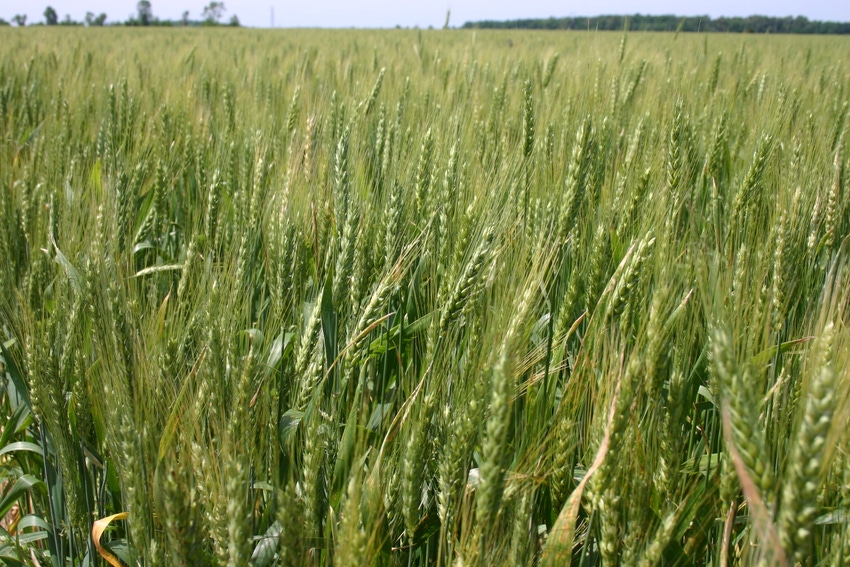April 3, 2014

Just a few weeks' difference in timing the sale of wheat can result in either a relatively good profit or a relatively large loss. Knowing how to sell wheat is essential to successful farming.
U.S. hard red winter (HRW) wheat production averages about 40 bushels per acre. On average, a section (640 acres) of crop land planted to wheat produces 25,600 bushels. Between February 3 and March 20, 2014, the value of 640 acres of wheat increased $46,592. Between March 27 and April 2, the value of 640 acres of wheat declined $12,800.
Producers that sold stored wheat or forward contracted wheat for harvest delivery in early February gave up the opportunity to sell wheat for up to $1.82 per bushel higher than the early February price. Producers who didn’t sell stored wheat or forward contract wheat for harvest delivery in late March may have given up the chance to receive 50 cents more per bushel than the market is offering at this writing.
If you are enjoying reading this article, please check out Southwest Farm Press Daily and receive the latest news right to your inbox.
Given tight U.S. wheat stocks plus the Severe and Extreme drought conditions over most of the HRW wheat area, June 2014 wheat price could easily be $1.50 higher or $1.50 lower than current wheat prices. From the potential harvest high price to the potential harvest low price, a $3 price spread is $120 per acre or $76,800 per section of wheat land.
Not only are producers facing this amount of price risk, some producers are facing high levels of production risk. Current wheat conditions indicate that producers in southwestern Oklahoma, the Texas Panhandle, and up through western Kansas will have well below average wheat production.
If the central and eastern sections of Oklahoma and Kansas wheat producing areas receive timely rains, wheat prices could remain relatively low and producers in areas of Extreme drought still wouldn’t have much wheat to sell. Producers in the Extreme drought areas have the potential to be subjected to relatively low prices and relatively low production.
Producers who are in less drought stressed areas have the luxury of knowing that if their yields are below average, the market price should be relatively high. These producers have the situation where price risk is partially offset by production risk. Lower production results in higher prices and vice-versa.
So how should a wheat producer sell (market) their wheat? Research indicates that wheat prices cannot be predicted. If price can’t be predicted, research shows that mechanical strategies that result in selling wheat in lots over a specified time period will generate a higher net price than trying to predict price movement or outguess the market.
Investors call this “dollar cost averaging.” Using the 2013/14 wheat marketing year and selling June 20, and the middle of each month through December (7 equal sales) as an example, the average price received would be $6.78. The monthly net prices (price minus storage and interest) were June, $7.38; July, $6.79; Aug., $6.71; Sept., $6.62; Oct., 7.23; Nov., $6.56; and Dec., $6.32. Our 20/20 hindsight says to sell at harvest or October.
Using 2012 prices produces a different result. The monthly net prices were June, 6.53; July, $8.47; Aug., $8.15; Sept., $8.48; Oct., 8.01; Nov., $8.15; and Dec., $7.95. Selling equal amounts each month averaged $7.96.
Drought conditions worsen for most of Texas
You could go back to 2011, which indicated you should have sold at harvest. The five-year average favors selling in October or November. The 10-year average favors selling at harvest.
The point is, at any point in time, prices are in equilibrium and the odds are 50/50 that they will go up or down. With this situation, dollar cost averaging is an easy and relatively efficient method of selling wheat. It gets emotion out of the decision and that is essential to good management decisions.
Also of interest:
Cotton, peanut acreage is up; corn, wheat and sorghum drop
About the Author(s)
You May Also Like






